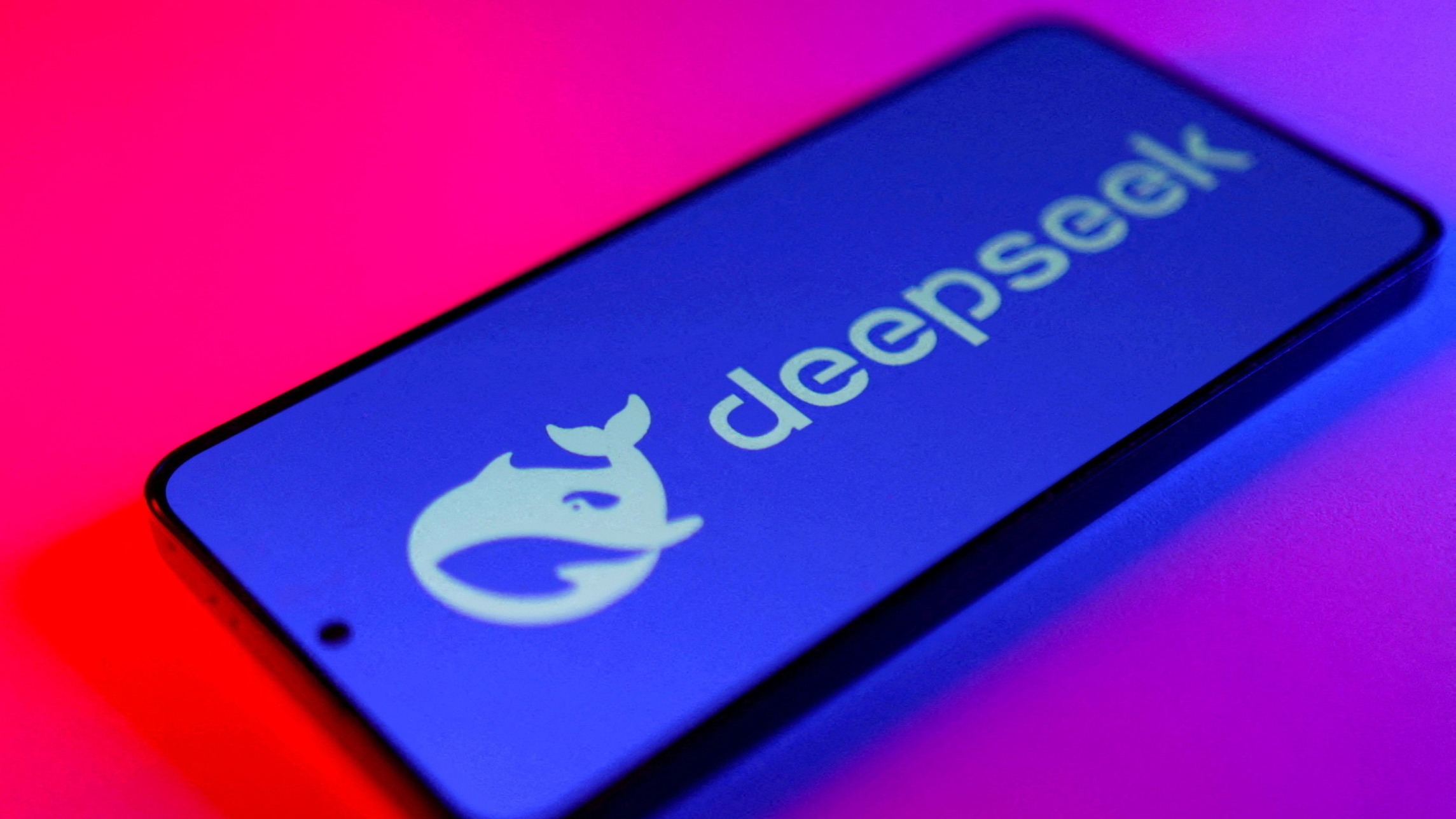Nvidia has emerged as a pivotal force in the realm of cybersecurity, leveraging its expertise in artificial intelligence (AI) and accelerated computing to address the escalating challenges posed by modern cyber threats. As cyberattacks become more sophisticated and pervasive, traditional defense mechanisms are proving inadequate. Nvidia’s innovative solutions are reshaping the cybersecurity landscape, offering real-time threat detection, enhanced operational efficiency, and robust protection for critical infrastructures.NVIDIA Blog+1Industrial Cyber+1
The Rise of AI in Cybersecurity
The integration of AI into cybersecurity is no longer a futuristic concept but a present-day necessity. With the proliferation of devices, the complexity of networks, and the volume of data generated, manual monitoring and response are insufficient. AI, particularly machine learning, enables systems to analyze vast amounts of data swiftly, identifying anomalies and potential threats with remarkable accuracy. Nvidia’s specialized hardware and software platforms are at the forefront of this transformation, providing the computational power and tools required to deploy AI-driven cybersecurity solutions effectively.
Nvidia’s Cybersecurity AI Framework
Nvidia’s cybersecurity AI framework encompasses a suite of technologies designed to enhance threat detection and response capabilities:NVIDIA Blog+2NVIDIA Developer+2NVIDIA Blog+2
-
Morpheus: An open application framework that supports real-time data monitoring with AI and threat detection in data centers and cloud environments. Morpheus enables developers to create optimized applications for filtering, processing, and classifying large volumes of streaming cybersecurity data, reducing the time and cost associated with identifying and mitigating threats. NVIDIA Developer+1NVIDIA Developer+1
-
DOCA Argus: A software framework that brings runtime cybersecurity to AI workloads. Operating on the Nvidia BlueField networking platform, DOCA Argus provides agentless, real-time threat detection by analyzing data in memory and on the network, ensuring the integrity of AI applications without compromising performance. TechPowerUp+3NVIDIA Blog+3NVIDIA Blog+3
-
BlueField DPUs: Data Processing Units (DPUs) that offload and accelerate networking and security tasks, enabling secure and efficient data processing at scale. These DPUs are integral to Nvidia’s cybersecurity solutions, providing the necessary infrastructure to support AI-driven security operations.
Real-World Applications and Partnerships
Nvidia’s cybersecurity AI solutions are being adopted across various sectors to safeguard critical infrastructures and enterprise environments:NVIDIA Blog
-
Critical Infrastructure Protection: Nvidia’s platform integrates with partners like Armis, Check Point, CrowdStrike, Deloitte, and World Wide Technology to deliver real-time threat detection and protection for critical infrastructure, such as energy, utilities, and manufacturing facilities. NVIDIA Blog+2NVIDIA Blog+2Technology Magazine+2
-
Agentic AI Collaboration: In partnership with CrowdStrike, Nvidia is advancing the use of agentic AI in cybersecurity. This collaboration focuses on developing advanced reasoning models to automate threat detection and enhance the efficiency of Security Operations Centers (SOCs). Technology Magazine+3Cyber Magazine+3CrowdStrike+3
-
Healthcare Sector: Nvidia is collaborating with organizations like GE Healthcare to integrate AI into medical imaging and diagnostics, improving the accuracy and speed of healthcare delivery. Business Insider
-
Financial Services: In the financial sector, Nvidia’s solutions help identify previously undetectable threats and anomalies, enabling institutions to contain breaches faster and more effectively. NVIDIA
Challenges and Considerations
Despite the advancements, the integration of AI into cybersecurity presents several challenges:
-
Data Privacy and Security: The deployment of AI systems requires access to vast amounts of data, raising concerns about data privacy and the potential for misuse. Ensuring that AI systems are designed with robust security measures is paramount.
-
Adversarial Attacks: AI systems themselves can be targets of adversarial attacks, where malicious actors manipulate inputs to deceive AI models. Developing resilient AI systems that can withstand such attacks is a critical area of research.
-
Regulatory Compliance: As AI technologies evolve, so too do regulatory frameworks. Organizations must navigate the complex landscape of regulations to ensure compliance while implementing AI-driven cybersecurity solutions.
The Future of AI in Cybersecurity
Looking ahead, the role of AI in cybersecurity is set to expand further:
-
Autonomous Threat Response: Future AI systems may possess the capability to autonomously respond to threats in real-time, reducing the reliance on human intervention and accelerating response times.
-
Integration with Emerging Technologies: AI will increasingly integrate with other emerging technologies, such as quantum computing and blockchain, to enhance security measures and address new challenges.
-
Continuous Learning and Adaptation: AI systems will evolve to continuously learn from new data, adapting to emerging threats and improving their detection and response capabilities over time.
Nvidia’s commitment to advancing AI technologies positions it as a leader in the cybersecurity domain, driving innovation and providing solutions to protect against the evolving landscape of cyber threats.


Leave a Reply